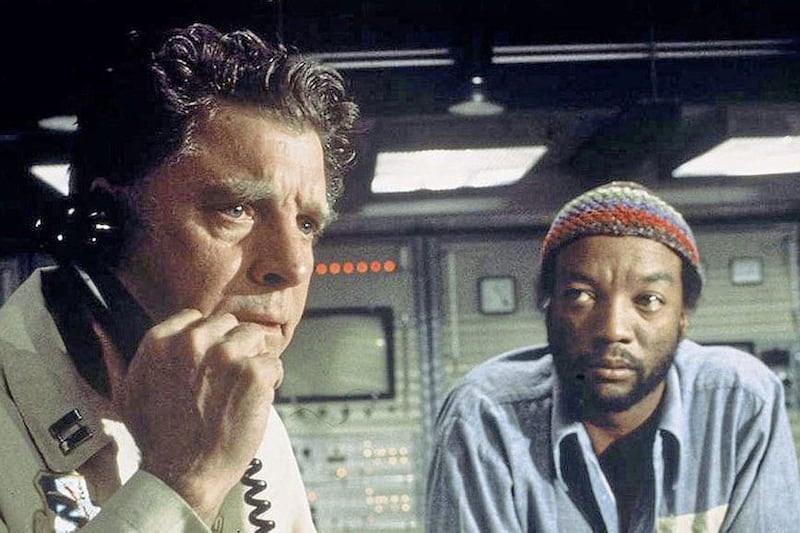TWO Rode Together wasn’t exactly John Ford’s favourite of his own films. In fact the great director famously dismissed his understated 1961 Western as “the worst piece of crap I’ve done in 20 years”. While that might be pushing it a bit, it’s easy to see why the film failed to rank higher in Ford’s estimation and why it proved a bit of a dud with critics and cinema goers alike in 61.
As the 60s arrived, the golden age of the Hollywood Western had long since ridden off into the sunset. Ford’s glory days were similarly almost behind him and the general sense that times had moved on beyond the dazzling blue skylines of Monument Valley were hard to shake.
Comparisons to Ford’s earlier masterpiece The Searchers haven’t helped the film gain much of a belated following either. Comparisons cast an inevitable shadow over the film that suggests it’s merely a retread of that more celebrated classic. It’s not and there are many aspects of Two Rode Together that still work today and make it a film worth watching and a film worthy of a place higher up in John Ford’s considerable cinematic CV as well.
It stars the great James Stewart (reason enough to give it the time of day, surely?) as Guthrie McCabe, a morally ambiguous chancer making his way in the old west. He is enlisted by his old friend and army buddy Jim Gary (Richard Widmark) to help him arrange a trading of guns for hostages being held by the Comanche. While the trade-off is relatively simple the reintegration into the community of those captives now engrained in the Comanche way of life proves more difficult. That McCabe is also romancing Marty (Shirley Jones), the sister of one of the released only adds to the interpersonal trauma.
Theme-wise, the clash of Indian and American pioneer culture certainly echoes the subject matter of The Searchers but Ford plays things much lighter here and Stewart turns in a fine performance as the opportunistic and easy going man at the centre of the action. There’s a subtle comic touch to his performance here and an unreality to the sets that only add to the sense that we are in strangely offbeat Ford territory. Despite the initial vibe of light heartedness, the film soon shifts into a moodier and more thoughtful study of racism and identity in the west.
It’s a neat twist to see Stewart playing against type as a slimy, greedy bigot and it’s always a pleasure to watch the great man add a little humanity to even the most vile of on screen creations. The tone, however, doesn’t always stay steady enough to truly convince. Despite that there’s a lot to enjoy in the tension that grows between the characters on the screen.
This was the first time Ford and Stewart collaborated on screen and while it’s not a patch on their subsequent offering – The Man Who Shot Liberty Valance – it’s still a Western worth seeking out.





